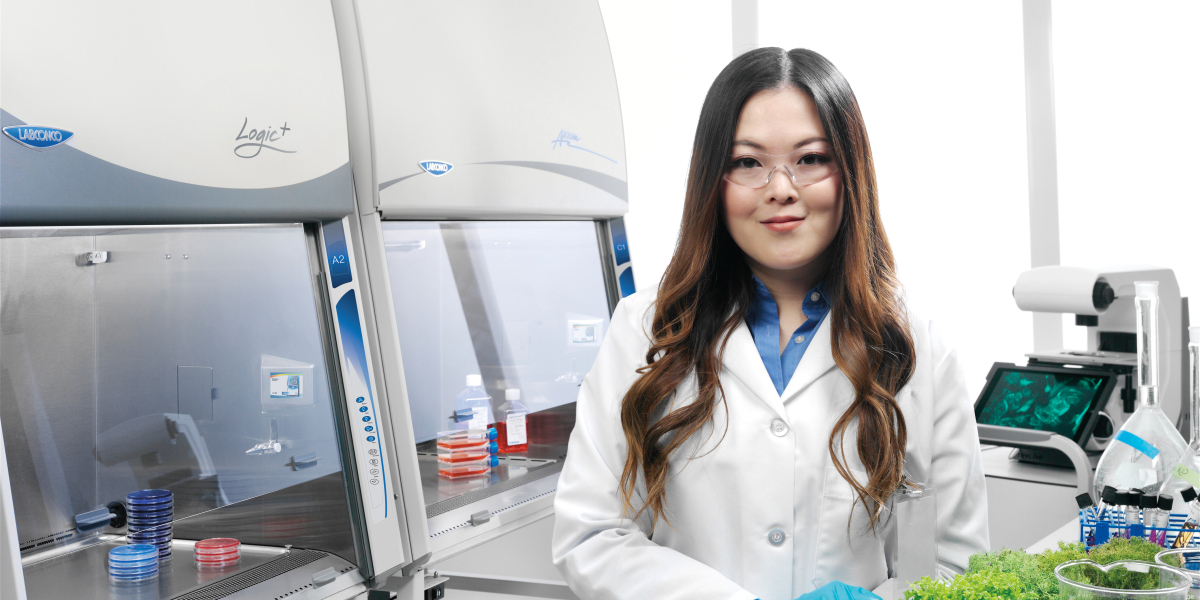Creating an adaptable lab with biosafety needs

The phrase “hindsight is 20/20" is a common excuse used to explain away a lack of foresight, but when designing a laboratory, architects and engineers can't afford to deliver their clients a design rife with avoidable regrets. They want to design labs with adaptability and flexibility for the future because science is about discovery, which inevitably leads to change.
The terms adaptability and flexibility are regularly used in the context of lab design. These terms are sometimes used interchangeably, but their definitions are often contrasted and contested. Adaptability implies long term changes, while flexibility lends itself to discussions of more short-term alterations. A building might be adaptable enough to accommodate a laboratory (a long-term use), or flexible enough to vary the number of work spaces through the use of movable interior walls, for short term flexibility.
Type B2 Mechanical System Considerations
The mechanical systems involved in laboratory infrastructure present a special challenge. One type of equipment that requires unique design considerations is the Class II, Type B Biosafety Cabinet. The Type B design requires dedicated exhaust ventilation, which often burdens the laboratory mechanical system as a whole. By nature, Class II Type B Biosafety Cabinets consume a lot of energy due to their high exhaust volume requirements. They duct 100% of their exhaust to the exterior. The main loss of energy is due to the heated or cooled air removed from the lab. All of that conditioned air must be replaced, which substantially affects HVAC costs. In addition, Class II Type B Biosafety Cabinets are permanent fixtures, hard-ducted furniture which cannot be moved—even when research needs change and no longer require exhaust ventilation.
But they can be replaced.
Related Article: Time for a new type of biosafety cabinet?
Type C1 Biosafety Cabinets
The Type C1 biosafety cabinet can be ganged to the same exhaust system as other hoods and ventilated equipment. The Type C1 can be switched to Type A mode to recirculate 100% of its HEPA filtered air back into the lab when chemicals are not being used, and when it is ducted to the exterior, it maintains the safety of a Type B cabinet while recirulating a large percentage of the tempered air back into the cabinet's interior. This allows lab designs that would normally call for a Tybe B cabinet to become more energy efficient from day one, while preserving adaptability for even more energy efficient type A uses in the future.
Contact Labonco to discuss improving your lab design project's adaptability and efficiency or to learn how to optimize your project's LEED Green credits.
| chevron_left | 7 questions to answer when choosing a fume hood | Articles | Laboratory biosafety recommendations for SARS-CoV-2 and COVID-19 | chevron_right |






